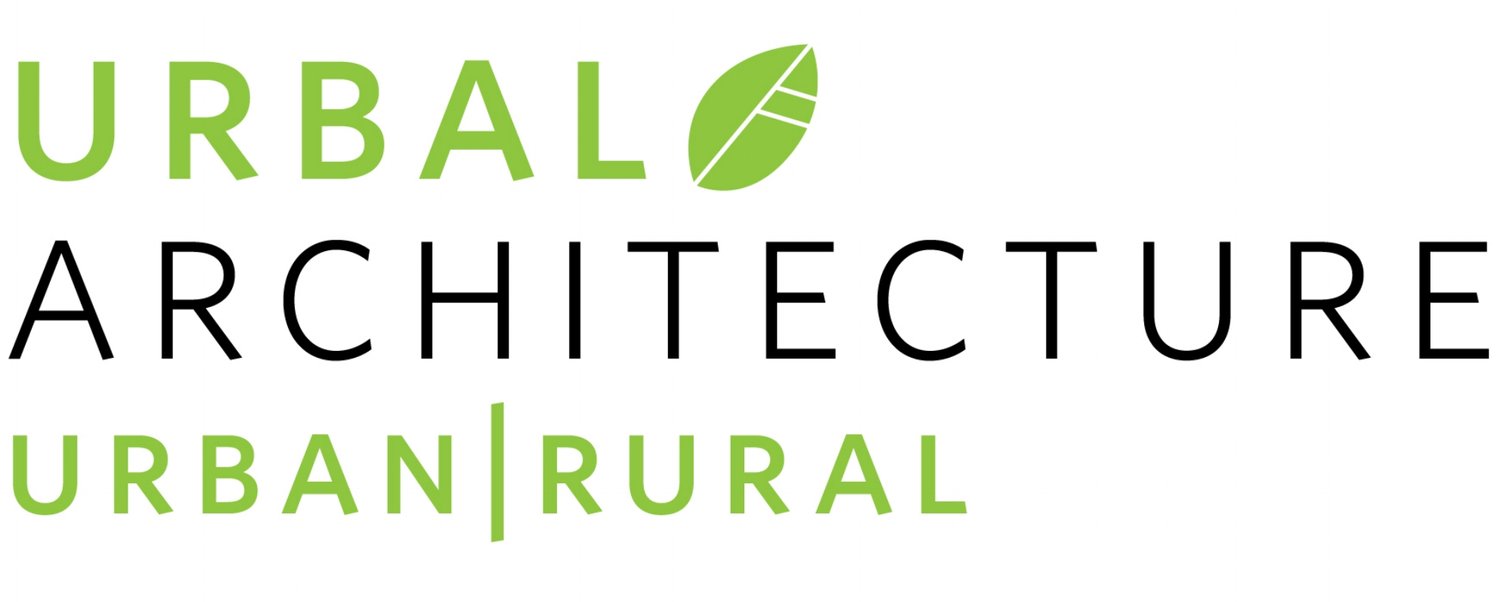Urban Design: Adapting Parking Structures for Homes
/In our previous blog post on the adaptive reuse project of King Street Station, we chatted with our Project Manager, Josh, to learn about the unique opportunity of creating an urban cultural space in Seattle’s historical train station. This week, continuing on the theme of adaptive reuse architecture, Josh revealed the potentials of adapting parking structures for residence use, and discussed another unique project in downtown Seattle — the Tower at 4th and Columbia project, which might include four floors of above-grade parking that can convert into living spaces.
Written by Josh Janet, Project Manager | PE:
Before I joined Urbal Architecture, I worked for six years at an A/E firm that designed parking structures. With sustainability and adaptive reuse as recurring themes in architectural design and urban planning over the last two decades, I have often been asked about the possibility of renovating and adapting existing parking structures for use as new residences, similar to how vacant warehouses in de-industrialized cities have been transformed into high-demand lofts.
Sadly, the reality is that there are too many obstacles in how parking garages are (and have been) designed that if the land beneath is desired for higher-density uses, then the most cost-effective and practical solution is to demolish the structure and start anew. In a recent Wired article, however, it seems that LMN Architects is designing a new above-grade parking garage in downtown Seattle with many of these challenges addressed up front.
Proposed rendering of the 4th and Columbia project. | Image by LMN Architects via Wired
1. Design load: Building codes require structural engineers to only design parking structures for 40 pounds per square foot (psf) live load, while apartment loading varies from 40 psf in interiors to 100 psf in corridors. Accounting for the possibility of higher loads in design, while adding construction cost, mitigates the need for extensive structural rehabilitation if and when the building use changes.
2. High ceilings: Parking garages are only required to provide a 7’-0” clearance for standard vehicles and 8’-2” for floors accommodating ADA vans. Most designers try to minimize material and labor cost by keeping the heights as low as possible. Accounting for higher ceilings up front allows future residential uses to not feel claustrophobic as well as account for the physical space required for future mechanical heating, ventilation, and air conditioning equipment.
3. Ventilation: Above-grade parking garages can avoid substantial construction and operation costs if they are designed with sufficient “openness” in the exterior facades that the building is considered to be naturally ventilated. This “openness” becomes an issue for adaptive reuse, however. All of those openings would need to be enclosed and properly sealed for waterproofing and thermal protection if it was expected that the spaces would be permanently occupied.
4. Ramped floors: This is the one area of LMN’s project that I’m still skeptical has been completely addressed. Floors in parking structures are ramped for two reasons- to move vehicles between floors and to direct any surface water to drains (standing water is both a slip hazard and structural maintenance issue). An enclosed structure reduces the amount of rainwater that would enter the structure, but cars can still carry/drip water with them that needs to be drained somewhere. The amount of water expected here may be so minimal that there is less concern of creating unsuitable conditions, but I’ve seen a parking structure built with completely flat slabs before (underneath a hospital) where the engineer informed the owner that their solution to the standing water problem was to “hire someone who can push the water into a nearby drain with a broom.”
Additionally, vehicular elevators are a creative solution, but they can create queuing issues at high volume periods; off-line maintenance periods make that parking garage unusable during that time; and unless we’re talking about driverless cars or the functionality is dummy-proof, there could be human error involved in how the vehicular elevator is used.
Regardless of that last concern, it is highly commendable to LMN Architects for approaching the challenges of adaptively reusing parking structures up front and to the developer for accepting the associated construction and operational cost premiums. Cities are constantly reinventing themselves over time, and the ability to adapt the physical environment to meet new challenges is a greener solution than demolition and starting over.





